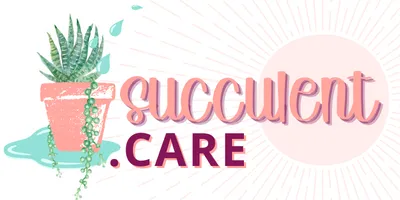Dig in!
Why Are My Succulents Multiplying So Much?
Have you ever looked at your garden and wondered, “Why are my succulents multiplying so much?” This prolific growth is not an accident. It is the direct result of their incredible natural design to propagate succulents and ensure their survival. When you see a flurry of new offshoots, it is a clear sign you have created an ideal environment. This guide will explain why it happens and, most importantly, what to do with all your new plants. Learning how to manage this growth is a key part of learning how to propagate succulents successfully.
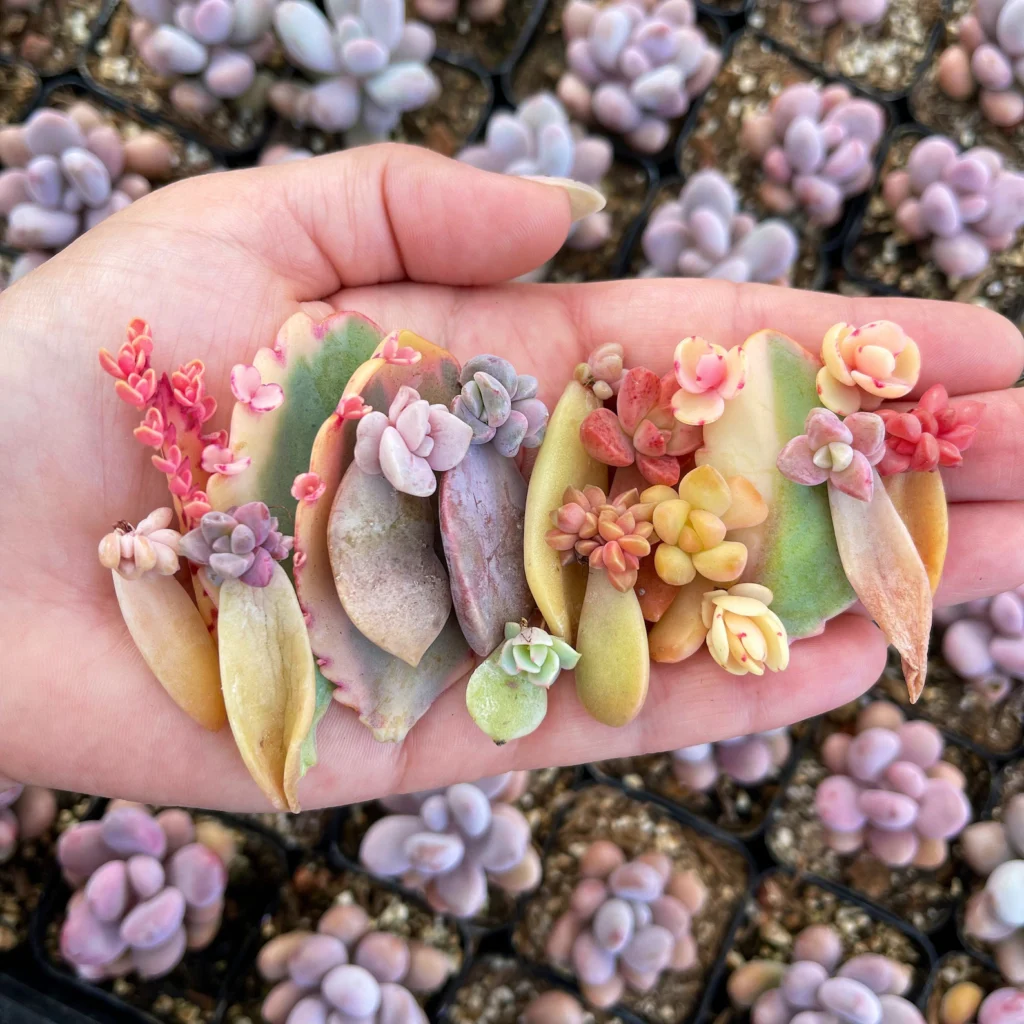
The Primary Reasons for Prolific Growth
The primary reason your plants are thriving is perfect growing conditions. Succulents need well-draining soil and plenty of bright light. When you provide these essentials, the plants are healthiest. A healthy, stress-free plant has abundant energy to dedicate to reproduction. This energy is what allows them to propagate succulents so readily.
Overcrowding can also trigger this response. As the plants mature and their crowns become dense, they feel competition for space. This natural pressure instructs the plant to propagate succulents by sending out offsets, ensuring the genetic line continues elsewhere.
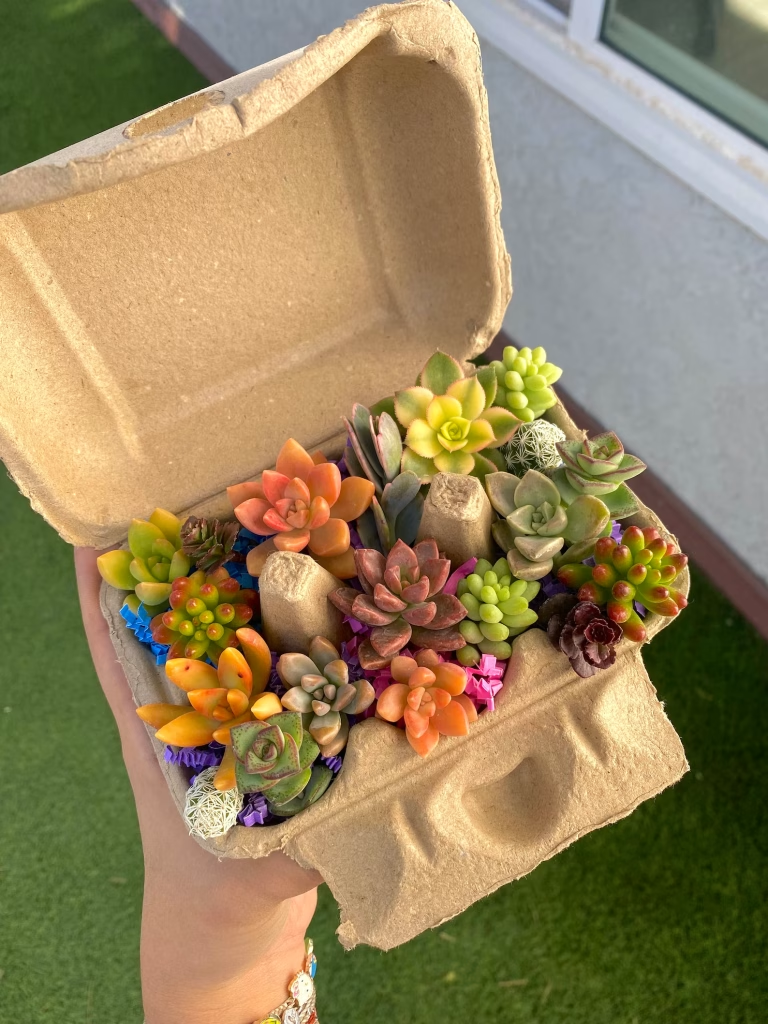
Furthermore, seasonal changes play a huge role. The spring and summer months signal the prime time to propagate succulents. Increased sunlight and warmer temperatures act as a biological cue, initiating their most active growth and reproduction phase.
Finally, you must consider the species itself. Some varieties are simply programmed to be prolific. Genera like Sempervivum (Hens and Chicks) or Sedum are champions at this game. Their entire survival strategy is to propagate succulents aggressively across their environment. In essence, your green thumb has simply given them the perfect opportunity to do what they do best.
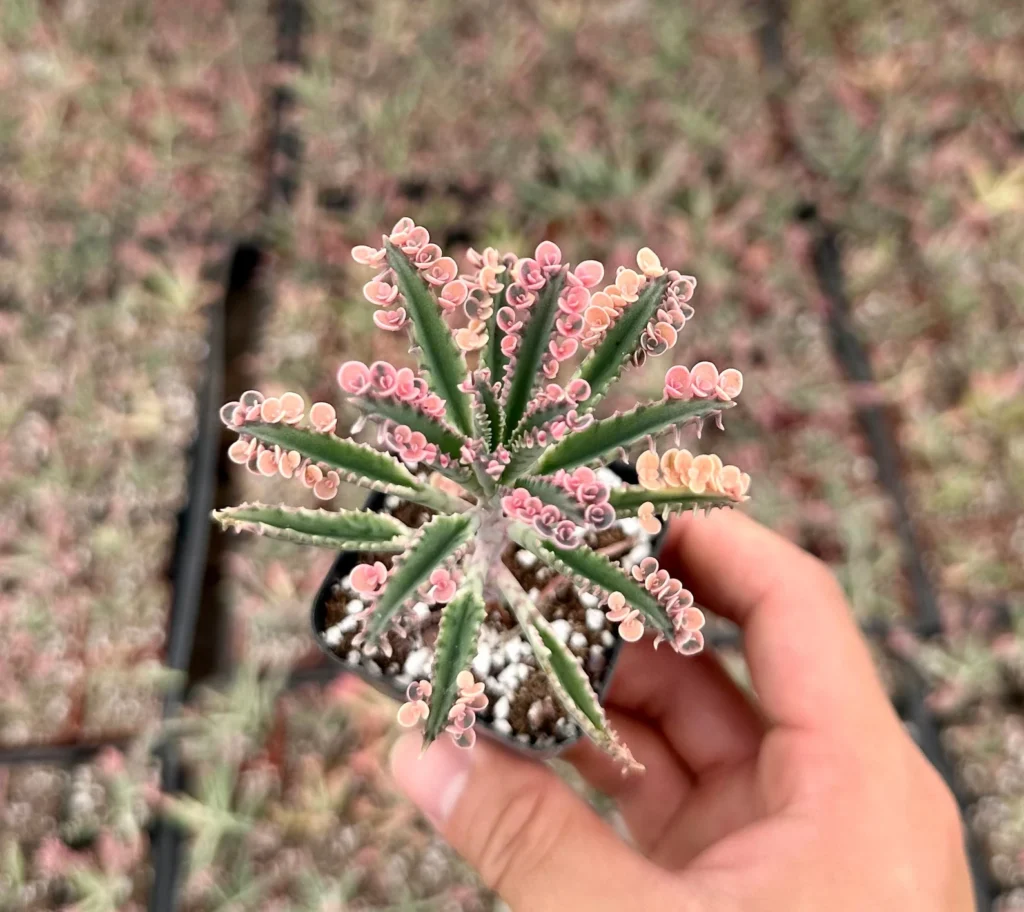
What Should I Do with All the Extra Succulents?
A bountiful harvest of new plants is an excellent problem to have. Now that you know why your plants are multiplying, you need a plan for the bounty. Knowing how to propagate succulents is one thing, but managing the results is the next step. Here are numerous creative and practical solutions for your thriving collection.
Repotting and Dividing Your New Plants
Your first and most important task is to repot or divide them. This is the fundamental practice after you propagate succulents. Carefully separate the pups and plantlets from the main mother plant. Gently untangle any roots and give each new individual its own pot with fresh, well-draining soil. This prevents overcrowding, which can lead to pest issues and mold, and encourages strong, continued growth. This process is how you sustainably propagate succulents for your own collection.
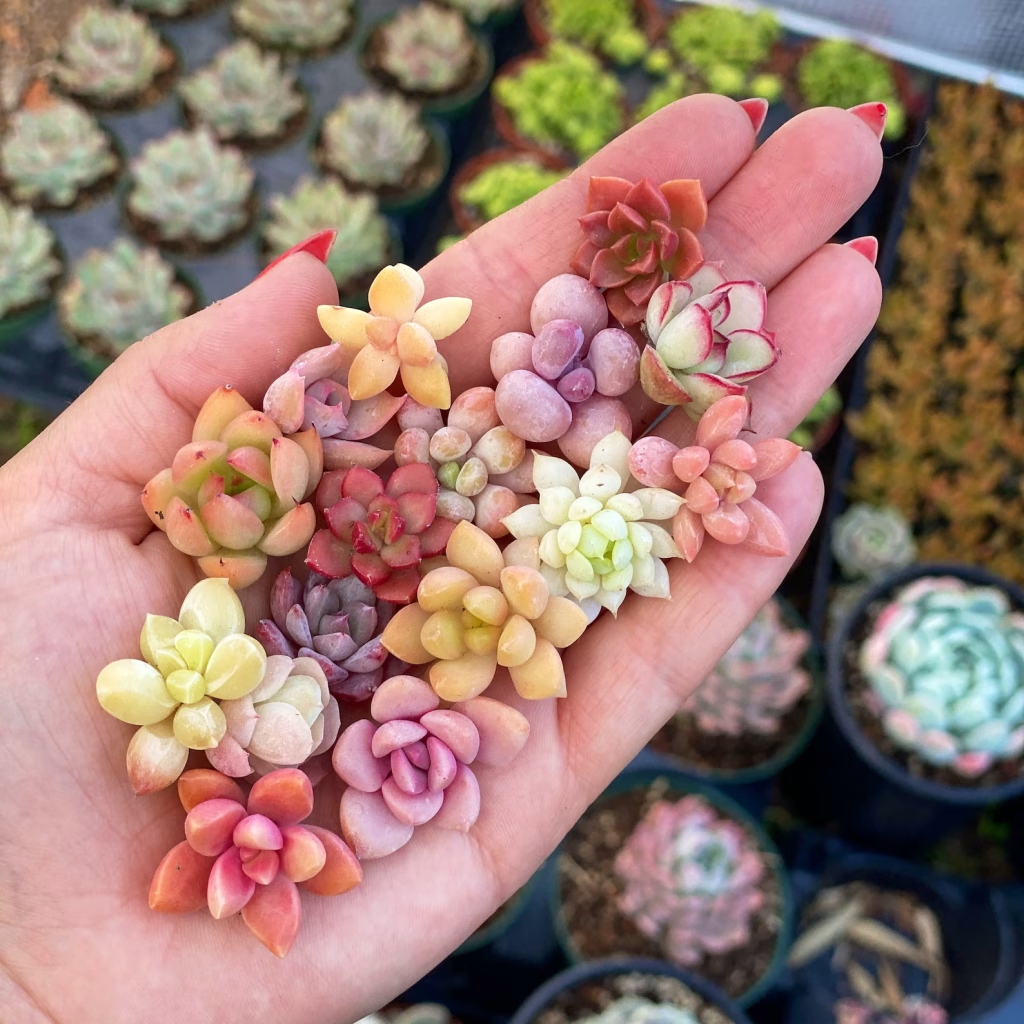
Sharing and Expanding Your Collection
Sharing with friends and family is a wonderfully rewarding option. Once you learn how to propagate succulents, you can spread the joy. These low-maintenance plants make perfect gifts. Present your extras in small, cute pots for birthdays, housewarmings, or just as a thoughtful surprise.
You can also use this as an opportunity to start a new collection. Hold onto the most unique or healthiest pups from your batch. Trading with other plant enthusiasts is a fantastic way to propagate succulents and acquire new varieties without spending any money.
Selling and Gifting Your Extras
If your hobby has become a minor production line, you might consider selling cuttings. There is a high demand for succulents, and many people are looking to propagate succulents themselves. Online marketplaces like Etsy or local Facebook plant groups are perfect venues. This is a great way to propagate succulents for profit and fund your own plant addiction. Always be sure to check your local regulations regarding the sale of plants.
Another generous idea is to gift your extras to local businesses. Many shops, cafes, or offices love to have living decor. Donating a few potted succulents can brighten up a waiting room or a reception desk. This act of kindness is another positive outcome after you propagate succulents successfully.
Finally, as a very last resort, you can compost any extras. If you have leaves or plantlets that are damaged, too small, or simply too numerous, you can add them back to your compost bin. They will break down and contribute to the health of your garden, completing the natural cycle. The goal is to learn how to propagate succulents responsibly and enjoy the process.
Frequently Asked Questions
Why are some of my succulent leaves falling off?
Leaf drop can occur for several reasons, including overwatering, underwatering, or pest issues. Sometimes, a healthy leaf will drop and is actually trying to propagate succulents on its own by rooting where it falls.
How do I propagate succulents from leaves?
This is the most common way to propagate succulents. Gently twist a healthy leaf from the stem. Let the broken end dry and callus over for a few days. Then, place it on top of well-draining soil. Mist the soil lightly only after you see tiny roots forming. This simple method is how many gardeners propagate succulents to expand their collections.
What’s the best soil mix to use when I propagate succulents?
The right soil is critical when you want to propagate succulents. An ideal mix is very inorganic. Use a combination of potting soil, perlite, and coarse sand in a 1:1:1 ratio. This ensures perfect drainage and prevents rot, giving your new cuttings the best start. Every time you propagate succulents, always use fresh, sterile soil to avoid transferring diseases.
How often should I water succulent pups after I propagate them?
Watering needs change after you propagate succulents. For new pups and cuttings, the soil should be kept very slightly moist, but never wet, to encourage root growth. You can achieve this with a light mist every few days. Once the plant is established, revert to the deep-but-infrequent watering method for mature plants.
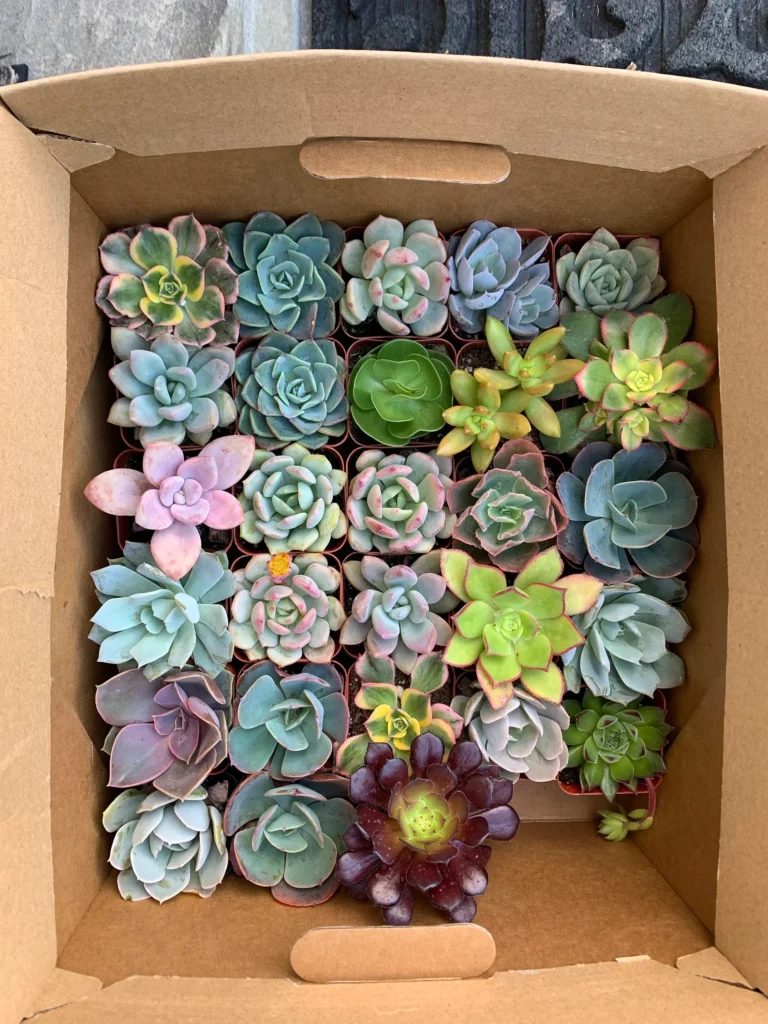
How can I tell if my succulent is etiolated?
Etiolation causes a stretched, leggy appearance as the plant searches for light. This weak growth can make it harder to propagate succulents successfully from that stem. Provide more direct sunlight to prevent it.
Understanding the reasons behind your succulents’ growth is the first step. Mastering what to do next is how you truly propagate succulents like a professional. This knowledge allows you to manage your garden effectively, share the joy with others, and perhaps even start a small business. The ability to propagate succulents is a rewarding skill for any plant lover.
